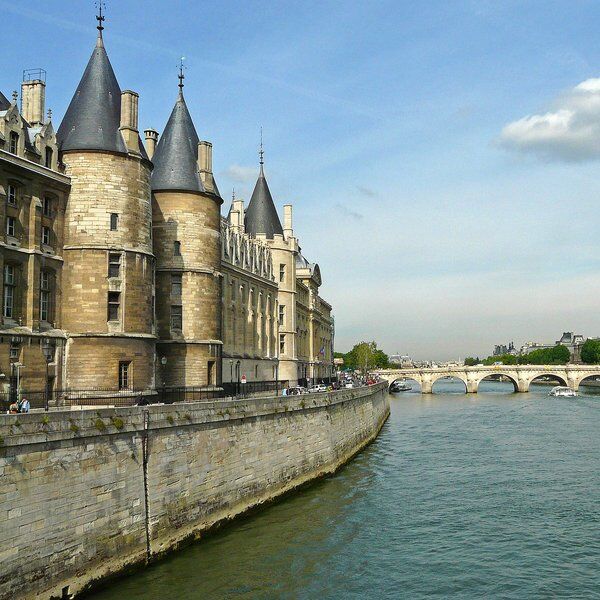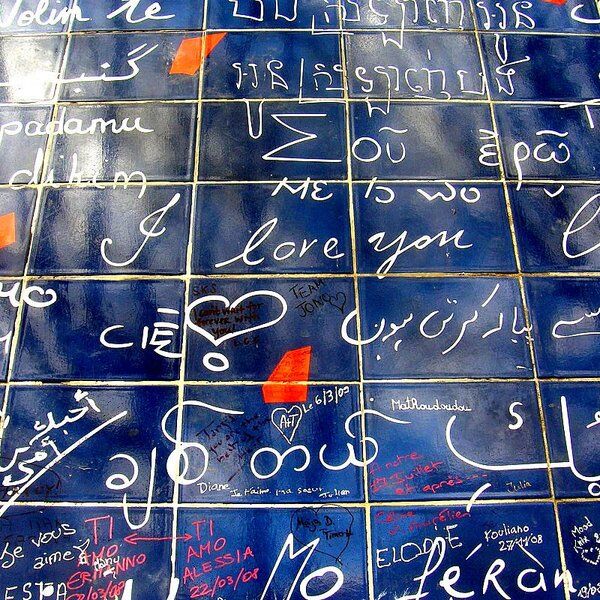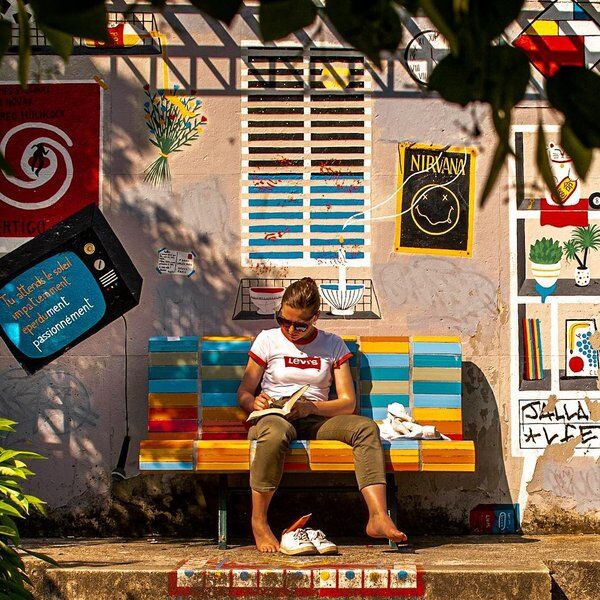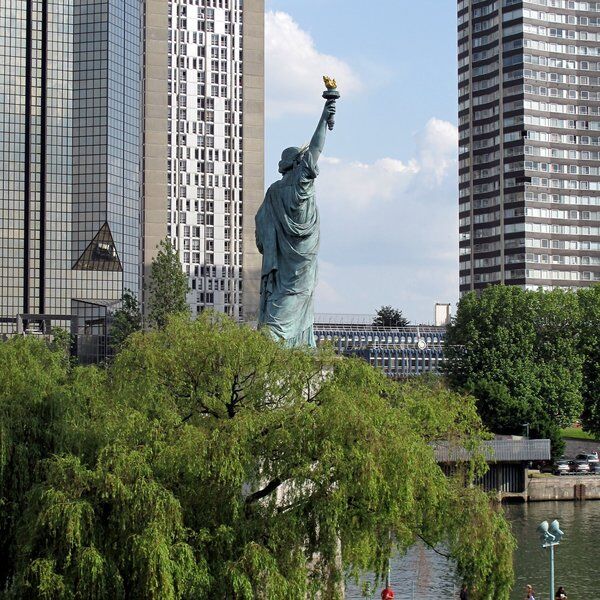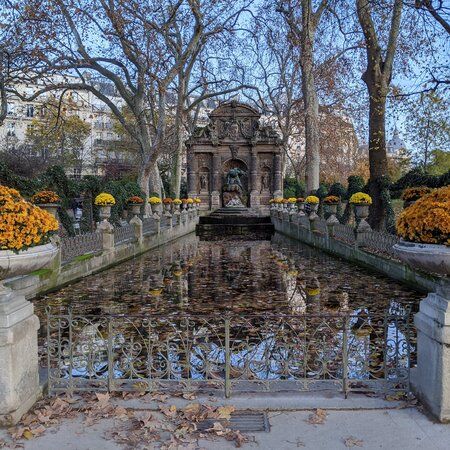
Discover the Medici Fountain
Originally commissioned by Marie de' Medici, widow of Henry IV and mother to King Louis XIII of France, the Medici Fountain is situated in the Jardin de Luxembourg, in the heart of Paris. Dating back to around 1630, the fountain, with its cascading waters and intricate embellishments, initially graced the widow’s opulent Parisian estate. However, over the years the Medici Fountain was relocated and reconstructed, until it came to rest in the Luxembourg Gardens during the 19th century.
Adorned with statues depicting the myth of Polyphemus surprising Acis and Galatea, it weaves a tale of love, tragedy, and beauty. As such, despite its status as one of Paris’ hidden gems, the Medici Fountain has become a much-loved landmark for locals and tourists. Set against the backdrop of the gardens’ peaceful landscape, a visit to the fountain can fulfil a range of occasions from quiet and contemplative solo walks to wildly romantic picnic dates.

Fountain Origins and Italian Renaissance Influence
During the late 16th and early 17th centuries, France experienced a cultural renaissance under the influence of Italian artists and architects. The reigns of Italian noblewomen Catherine de' Medici and later Marie de' Medici, saw the incorporation of Italian Renaissance garden features into French royal residences, such as Fontainebleau. These garden features included elaborate fountains and grottos.
Marie de' Medici's Fountain
After the assassination of King Henry IV in 1610, Marie de' Medici sought refuge at the Louvre. Between 1623 and 1630, she opted to create her own royal palace, the Palais des Medicis, on the Left Bank of Paris at the foot of the Montagne Sainte-Geneviève. Medici was inspired by her Italian roots, particularly the Palazzo Pitti and Boboli Gardens in her native Florence; her estate featured elaborate gardens with rivers, caves, and the grand Medici Fountain.
Architect Salomon de Brosse oversaw the palace's construction, while the fountain and grotto were likely the work of Tommaso Francini, renowned for his Italian-style grottos and fountains. However, during construction there was one big challenge: the lack of water on the Left Bank of Paris. Unlike the Right Bank, where water was abundant, the Left Bank required water to be carried from the River Seine due to a deep underground water table. The problem was eventually solved with the construction of the aqueduct of Arcueil between 1613 and 1623.
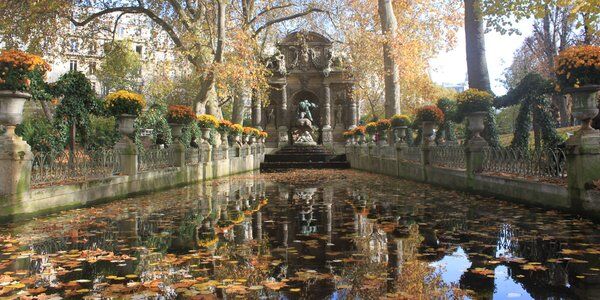
Design and Symbolism on the Medici Fountain
The central feature of the Medici Fountain, 'Polyphemus Surprising Acis and Galatea,' was designed by Auguste Ottin in 1866. Depicting the tragic love story of Acis and Galatea, it portrays the moment of Polyphemus' discovery and Acis' transformation into a river spirit.
Flanking the fountain are statues of Faunus and Diana, along with representations of the River Rhone and River Seine pouring water. The fountain's romantic and intricate design makes it a popular spot in the Jardin de Luxembourg.
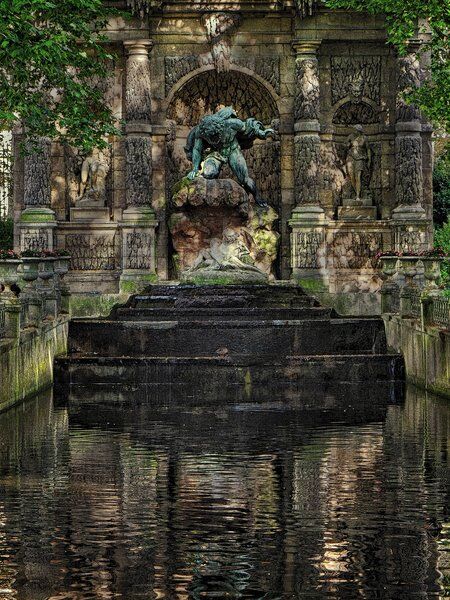
A Second Fountain: Fontaine de Léda
The Medici Fountain is closely linked to the story of the Fontaine de Léda, which was originally constructed at the corner of the rue de Vaugirard and rue du Regard, in 1806-1809 during the First Empire. Designed by architect François-Jean Bralle and sculptor Achille Valois, it depicted the mythological tale of Leda and the Swan. Threatened by Haussmann's renovations, it was relocated to the Jardin du Luxembourg in 1864, where it remains hidden behind the Medici Fountain.
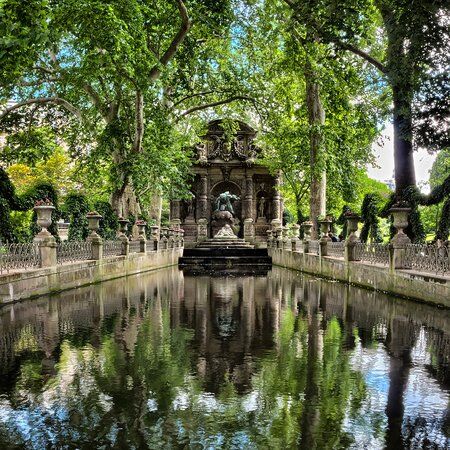
The Evolution of the Medici Fountain
After Marie de' Medici's death in 1642, the palace changed hands multiple times, eventually falling into neglect by the mid-18th century. However, in 1811, Napoleon Bonaparte instructed architect Jean Chalgrin to restore the grotto and fountain, adding a white marble statue of Venus.
The fountain’s future fell into uncertainty yet again during the Second French Empire. Baron Haussmann had organised a redesign of Paris, but the redevelopment plans posed a threat to the fountain. Despite this, in 1864, architect Alphonse de Gisors oversaw the Medici Fountain’s relocation, stone by stone, to the Luxembourg gardens. Gisors restored the fountain's original features, including the Medici family crest, and added statues inspired by Greek and Roman mythology. A new basin with vases was also installed.
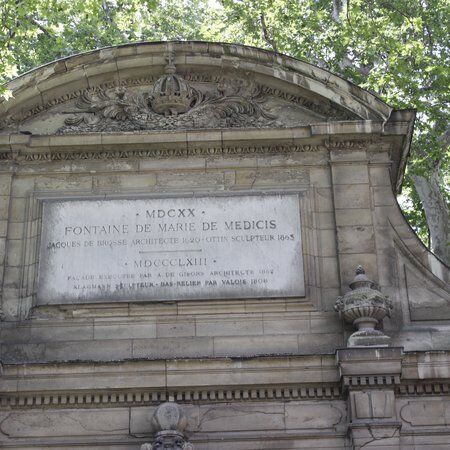
Restoring the Medici Fountain
In the 21st century, the Senate, responsible for managing the Luxembourg Garden, undertook the restoration of the Medici Fountain and its basins. The restoration work, carried out between 2020 and 2021, included the refurbishment of statues, replacement of drainage systems, renovation of hydraulic systems, and maintenance on the Fontaine de Léda. These efforts aimed to preserve and enhance the fountain's historical and cultural significance for future generations to appreciate.

Visiting the Medici Fountain
Today, the Medici Fountain is shaded by tall trees yet remains an enchanting and magical setting. Surrounded by mythological statues, trellised vines, potted plants, and cascading waters, its beauty and design is ethereal.
Beyond the Medici Fountain, there are plenty of activities to enjoy in the Luxembourg Gardens. Sites include the miniature Statue of Liberty,—one of five such statues in the French capital—the Palace of Luxembourg, and the scented rose garden. Whilst sporting activities include tennis, jogging, yoga, and basketball. Afterwards, why not relax at La Terrasse de Madame, savouring coffee, french pastries, and lunch in the heart of the gardens.
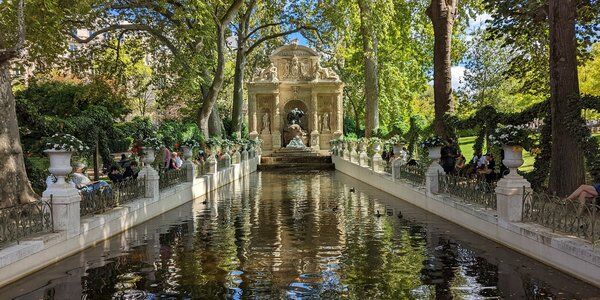
Interested in finding more places like this? Try a CityDays urban exploration game - untangle cryptic clues as a team, as you are taken on a journey to the most unique, unusual and bizarre corners of Paris and beyond.








